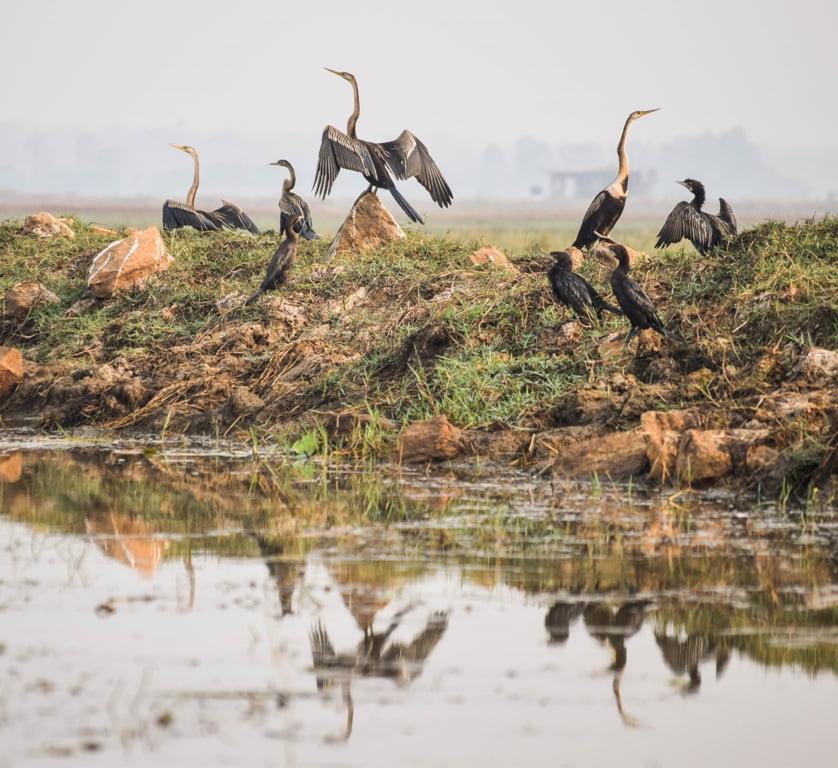Massive Siltation A Threat To Biodiversity Of Chilika Lake

Bhubaneswar: The environmentalists have expressed grave concern over the gradual shrinking of Chilika, the largest brackish water lake in Asia.
While the Odisha government has formed the Chilika Development Authority (CDA) for the proper management of the lake and the Integrated Coastal Zone Management (ICZM) system is implemented to safeguard the biodiversity of the lake, the main purpose is yet to be realised despite heavy investments.
As per the data of the CDA, the total area of the lake in 1981 was 2000 sq km which came down to 1165 sq km in 2019. In other words, the lake area has shrunk by 835 sq km in the last three decades.
It may be mentioned that the Centre for Water Resource Development and Management had done a study of the lake in 2009-10 which revealed that about 28 cm-80 cm of silt is deposited in the lake every year in its inner side from Khurda and the north-west part of the lake from Puri.
Later in 2018, a study by the Berhampur University had stated about the deposit of the silt along the 9.5 km long lake mouth on the northern side. As a result, the lake area in the last 10 years (from 2008 to 2018) has shrunk by 919 metres although it receives freshwater from the rivers, nullahs and canals.
According to the CDA chief executive officer Sushant Nanda, while the lake receives maximum silt on the northern side from the Mahanadi delta and its two tributaries Daya and Bhargabi.
The gradual shrinking of the lake area has put its biodiversity at stake. As per the report of the CDA, the lake which had 267 marine species in 2010 has come down to 225 in 2020 due to the low water level caused by the heavy deposit of weeds and silt.

Comments are closed.